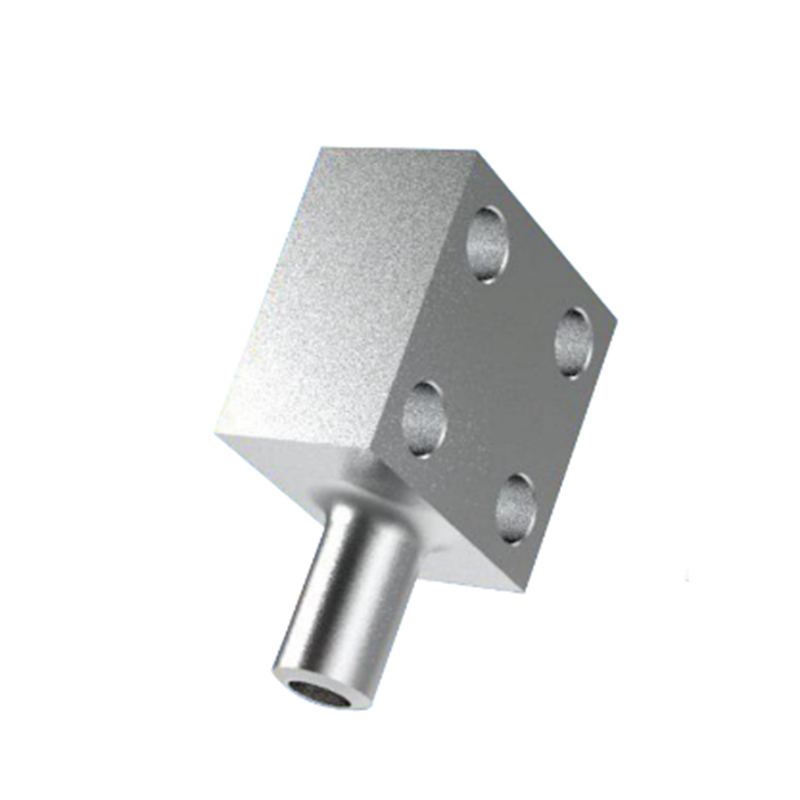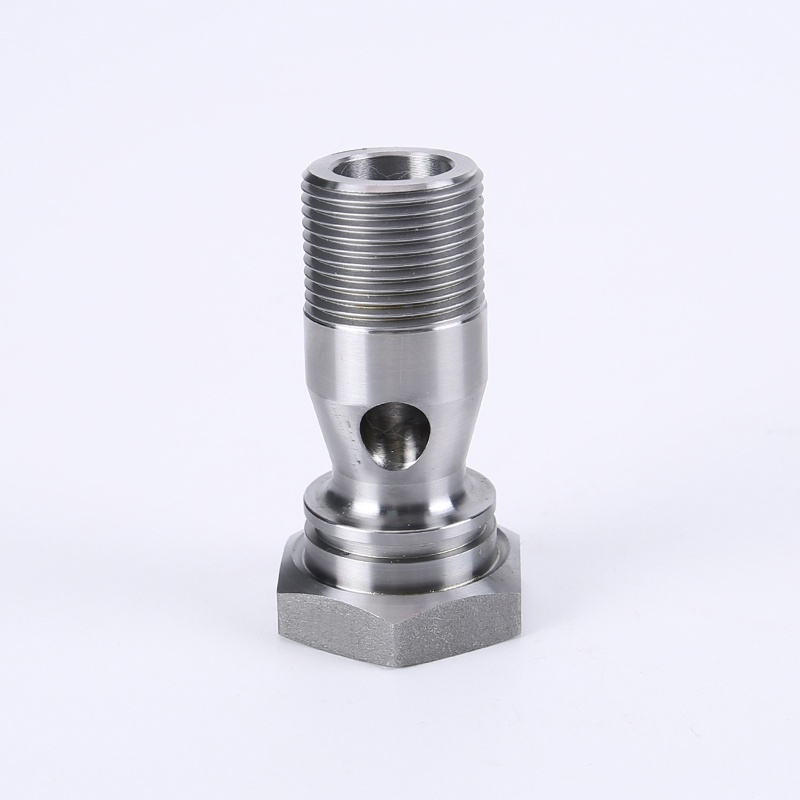Why Are Non-Standard Flanges Becoming the Preferred Choice for High-Demand Industrial Applications?
2025-11-26
Non-standard flanges refer to customized flange structures designed to meet operating conditions that conventional ASME, DIN, JIS, or EN standards cannot fully address. These components are engineered for environments involving unique pressure levels, unconventional pipe sizes, special alloy requirements, or complex installation constraints. In industries such as petrochemical, power generation, offshore engineering, wastewater treatment, and pharmaceutical production, non-standard flanges have become a critical solution for ensuring structural reliability and operational efficiency.
Key Product Description and Technical Overview
Non-standard flanges are designed based on user-specific engineering drawings, performance requirements, and application scenarios. They may differ from standard flanges in shape, dimensions, pressure classes, sealing surfaces, face types, and material grades. These flanges undergo customized machining, forging, and heat-treatment processes to ensure performance reliability in extreme environments.
Below is a summarized technical specification table that reflects typical configuration options:
Non-Standard Flange Technical Parameters
| Category | Specification Details |
|---|---|
| Diameter Range | DN15 – DN3500 (customizable beyond DN3500 upon request) |
| Pressure Ratings | PN2.5 – PN640 / Class 150 – Class 4500 |
| Material Options | Carbon steel (A105, Q235), Alloy steel (F11, F22, 42CrMo), Stainless steel (304, 316, 316L), Duplex (2205, 2507), Nickel alloy, Titanium |
| Flange Face Types | RF, FF, RTJ, TG, MFM, Male/Female, Large Groove Custom |
| Production Standards Referenced | ANSI, ASME, DIN, EN, JIS (modified to custom dimensions) |
| Manufacturing Method | Forging, plate-cutting, ring-rolling, CNC machining |
| Surface Treatment | Anti-rust oil, black oxide coating, hot-dip galvanizing, passivation |
| Inspection Tests | UT, MT, PT, RT, PMI, hardness test, pressure test |
| Applicable Media | Oil, gas, steam, seawater, corrosive chemicals, high-purity fluids |
Why Do Modern Engineering Systems Require Non-Standard Flanges?
What Makes Standard Flanges Insufficient for Certain Projects?
While standard flanges offer convenience and established compatibility, they fall short when projects require unique dimensions or performance characteristics. For example:
-
Pipelines requiring non-uniform bore diameters
-
Systems exposed to extreme temperature fluctuations
-
High-corrosion environments such as offshore platforms
-
High-vibration locations requiring reinforced structures
-
Equipment retrofitting involving non-standard legacy interfaces
In such cases, non-standard flanges solve design limitations by providing exact specifications tailored to mechanical and operational requirements.
Why Do Customized Flanges Improve System Reliability?
Enhanced Fitment Accuracy
Customized flanges ensure perfect alignment in complex pipeline systems, reducing installation stress and improving long-term sealing integrity.
Material Optimization
Certain industrial fluids require alloys such as duplex stainless steel or nickel-based alloys to resist corrosion, pitting, and chloride stress corrosion cracking. Customization allows engineers to select the best-suited material for each environment.
Strengthened Structural Performance
High-pressure or high-temperature applications can require thicker flange hubs, reinforced ring joints, or special sealing surfaces to withstand demanding conditions.
Extended Service Life
Flanges designed specifically for their environment tend to exhibit better fatigue resistance, lower maintenance frequency, and improved lifecycle cost savings.
How Are Non-Standard Flanges Engineered, Manufactured, and Verified for Quality?
How Does the Design Process Ensure Engineering Precision?
Non-standard flange production typically involves:
-
Application Analysis
Engineering teams analyze media type, temperature, pressure rating, vibration level, corrosivity, and operational cycles. -
Drafting and Simulation
Customized flange drawings are developed, often supported by finite element analysis (FEA) to predict stress distribution. -
Material Selection
Metallurgy specialists evaluate mechanical properties, corrosion resistance, weldability, and cost-performance benefits. -
Dimensional Customization
Special bore sizes, bolt patterns, hub thicknesses, and raised-face dimensions are tailored for application needs.
How Are Non-Standard Flanges Manufactured to Meet Performance Requirements?
Forging or Rolling
Most industrial non-standard flanges are forged or ring-rolled to enhance grain structure and mechanical strength.
Precision CNC Machining
Advanced machining ensures smooth sealing surfaces, exact bolt holes, and strict dimensional tolerances.
Heat Treatment Procedures
Normalizing, quenching, tempering, or solution treatment are performed to optimize hardness and strength.
How Is Quality Ensured Through Testing and Inspection?
Comprehensive inspections ensure reliability in critical applications:
-
Ultrasonic Testing (UT) for internal flaws
-
Magnetic Particle Testing (MT) for surface cracks
-
Radiographic Testing (RT) for weld or structural defects
-
Positive Material Identification (PMI) to verify alloy composition
-
Pressure Testing to confirm leakage resistance
-
Dimensional Inspection using CMM and calibrated gauges
This combination of engineering design and rigorous manufacturing ensures that non-standard flanges perform flawlessly in high-demand systems.
What Developments Will Shape the Next Generation of Non-Standard Flanges?
Why Will Advanced Materials Become More Important?
As industries push toward energy efficiency and environmental resilience, future non-standard flanges will rely more on:
-
Super duplex stainless steels
-
Titanium alloys
-
High-nickel corrosion-resistant alloys
-
Lightweight metal composites
These materials will support higher pressures, reduced weight, and longer corrosion resistance cycles.
How Will Automation Enhance Flange Manufacturing?
The future of flange production will integrate:
-
AI-assisted precision machining (pattern optimization, reduced scrap)
-
Robotic welding and surface processing
-
Automated inspections with 3D scanning
-
Predictive maintenance analytics for flange lifecycle monitoring
These improvements will reduce production time while enhancing reliability.
What Market Trends Will Drive Demand for Non-Standard Flanges?
-
Expansion of hydrogen energy pipelines
-
Offshore wind and subsea projects requiring unique dimensions
-
Oil & gas retrofitting with non-standard legacy designs
-
Water treatment systems demanding corrosion-resistant alloys
-
Nuclear plant modernization requiring ultra-high-pressure flanges
As engineering projects become more specialized, non-standard flanges will continue to grow as a customized solution category.
Common FAQs: Non-Standard Flanges
Q1: What information is required before ordering a non-standard flange?
A: Engineers typically provide detailed drawings or specifications including diameter, flange thickness, bolt hole arrangement, pressure rating, material requirements, medium characteristics, operating temperature, and sealing type. The more detailed the technical data, the more accurate the customization and the better the product’s performance in service.
Q2: How long is the typical production lead time for a non-standard flange?
A: Lead time depends on complexity, material availability, and required testing procedures. Simple carbon-steel non-standard flanges may require 7–12 days, while high-alloy or large-diameter flanges involving forging and specialized inspection can range from 15–45 days. Precision machining, heat treatment, and rigorous testing also contribute to extended production timelines.
Why Non-Standard Flanges Are a Strategic Investment for Industrial Reliability
Non-standard flanges provide tailored performance, superior mechanical strength, and optimized material matching for demanding industrial applications. Their customization capability ensures precise system integration, extended service life, improved safety margins, and enhanced compatibility with legacy or specialized equipment. As industries continue to evolve toward more complex and high-pressure operations, customized flange solutions will increasingly define engineering best practices.
Haxsen delivers engineered non-standard flanges designed for performance, durability, and reliability across global industrial sectors. For detailed customization inquiries or technical consultation, contact us to obtain professional engineering support and tailored product solutions.



























